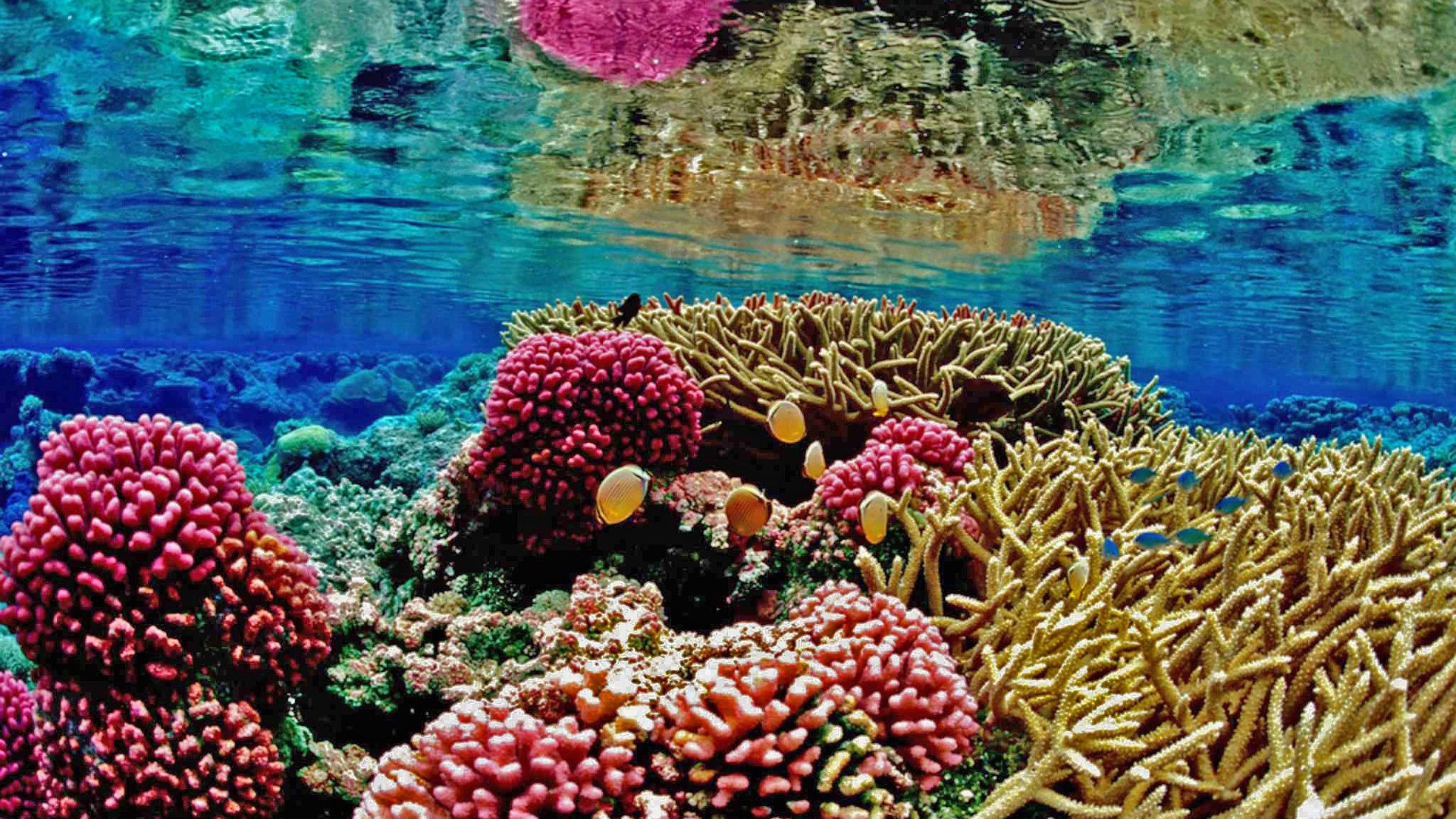Tinkling bubbles
The combined sounds of the water and coral dwellers make coral reefs pretty noisy places. In an earlier study, scientists came across an unfamiliar sound that seemed correlated to a superabundance of algae. Now, by enlisting a Hawaiian alga known as Salicornia gracilaria, scientists with the US Naval Undersea Warfare Center have solved the mystery. The tinkling sound is made when oxygen and nitrogen are released during algal photosynthesis. The gases form bubbles in the water that cause tiny disturbances. In areas dense with algae, these microscopically small disturbances add up to an audible sound in and around the reef.
Endangered
Overfishing, pollution and warming of the oceans due to climate change have already destroyed coral reefs around the planet. One of the adverse side effects is a proliferation of algae that smother the coral and prevent helpful bacteria from reaching the reef. A very large amount of algae around a coral reef is therefore a good indicator that the reef itself is at risk. Though changes in algal growth can be monitored visually, this is a time-consuming and expensive process. In future, sound-based techniques could provide environmental conservationists with an inexpensive and easy way to monitor the spread of algae and save endangered reefs before it is too late.

